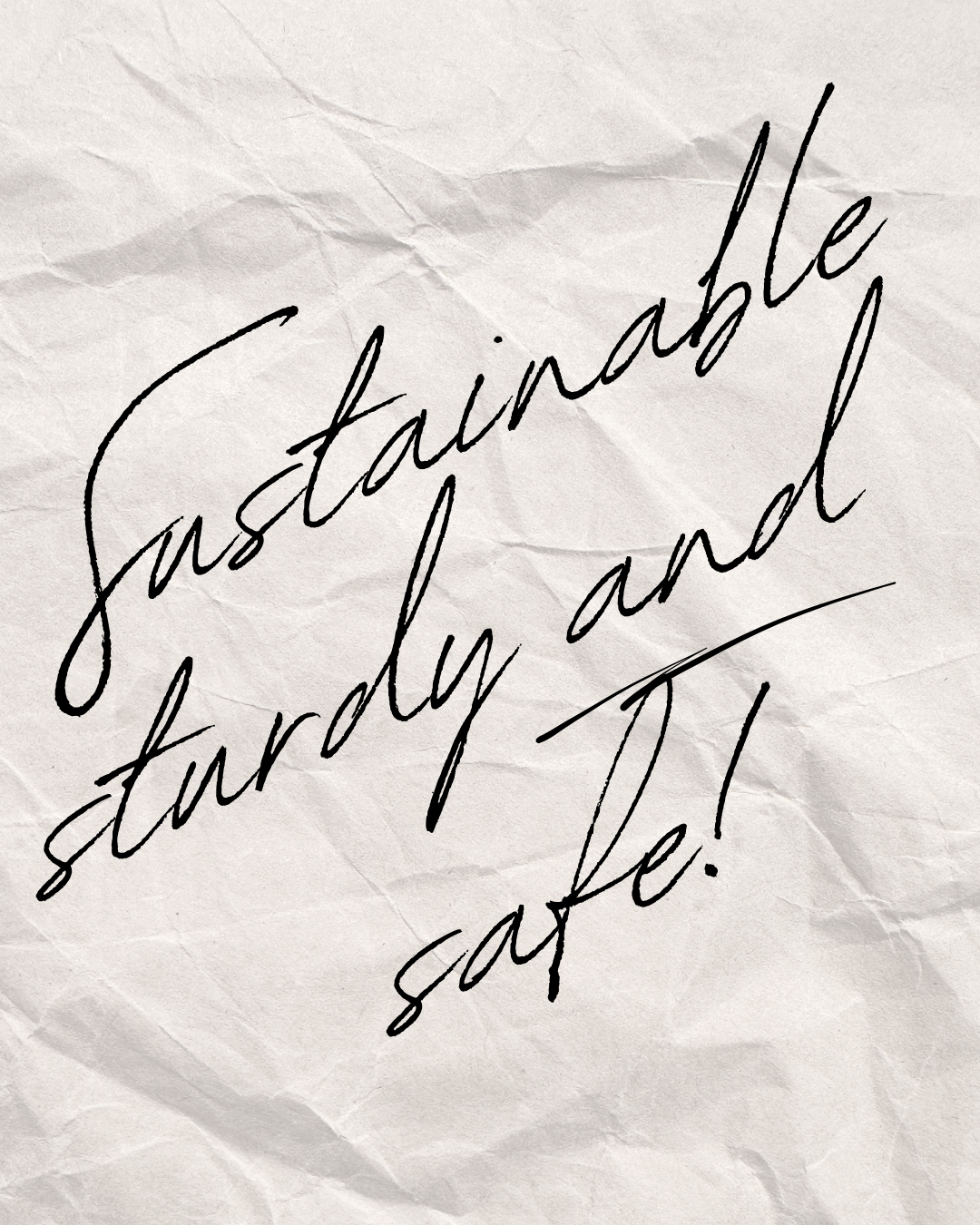June 20, 2024
Is paper cooler than plastic?

Consumers consider paper a more "natural" option.
In the realm of sustainability and environmental consciousness, the debate between paper and plastic packaging continues to evolve. Traditional plastic pill bottles have long been the norm due to their durability and moisture-resistant properties, but as concerns over plastic pollution grow, alternative materials like paper are gaining attention.
Why paper?
Paper has a rich history that dates back thousands of years, with its origins traced to ancient China around 105 AD, when Cai Lun, a Chinese court official, is credited with the invention of paper. This invention revolutionized communication and record-keeping, and over time, paper became integral to the spread of knowledge and culture. The beauty of paper lies not only in its utility but also in its connection to art and tradition. For example, the Japanese art of origami and the intricate designs of paper cut art in various cultures highlight paper's versatility and aesthetic appeal.
For insulation, paper has been regarded as a better material for offering a safer and more complete insulation from the elements and noise. People have insulated their homes with paper, which is explained in detail in this feature by PaperPapers. Turns out, paper can keep things temperature stable, better than other materials.
When we look at environmental impact, there are many areas where paper offers better sustainability. Perhaps that is why paper material critics and others argue that paper material usage seems to be going overboard.
What’s better for the environment?
While we struggle to find a better materials than plastic, there seems to likewise be a common regard that paper is better for the environment. Many plastic manufacturers concede that paper simply “has a less long-term impact on the environment if any should find its way into the ocean and waterways,” Swiftpak. Perhaps replacing plastic with paper doesn’t make sense right now, when viewed across the board. But when it comes to paper pill bottles, the discussion around which is better, or cooler, gets more compelling.
Are paper pill bottles a real alternative?
Delving deeper into the benefits of paper pill bottles, we can identify several advantages over their plastic counterparts:
- Paper curbside recycling is becoming more and more normative, in contrast to many materials, namely plastic. Most of the plastic that well-meaning households place in their curbside recycling units actually makes its way to landfill, simply because we have not mastered its end-to-end recycling dynamic. If paper makes its way to the landfill, however, the consequences are far less dramatic.
- That’s because the body of paper pill bottles are biodegradable, meaning they break down more easily in landfill conditions compared to plastic, which can persist for hundreds of years. This biodegradability aligns with global efforts to reduce plastic waste and its impact on marine and terrestrial ecosystems.
- Moreover, paper packaging can often be sourced from renewable materials such as responsibly managed forests or recycled paper, further reducing its environmental footprint. The production of paper bottles typically consumes less energy and emits fewer greenhouse gases compared to plastic manufacturing processes, contributing to lower carbon emissions overall.

From a consumer perspective, paper pill bottles may also be perceived as more aesthetically pleasing and tactile, providing a natural and earthy feel that resonates with those seeking sustainable lifestyle choices. According to the National Institutes of Health, in its study, “Sustainable Materials, A Consumer’s Perspective,” paper emerged as one of the most environmentally friendly materials available. Consumers are increasingly drawn to packaging that conveys environmental consciousness, with paper often seen as a more "natural" option.
However, concerns remain about the durability and moisture resistance of paper packaging, particularly for pharmaceutical products that require protection from humidity and environmental contaminants. That’s why proprietary methods for manufacturing pill bottles, in order to protect the medicine inside each paper bottle, must be applied to ensure the packaging is water and humidity resistant.
At Parcel Health, we see these challenges as worth overcoming. We researched and tested a variety of techniques for leveraging the benefits of paper into a design of the first and only paper pill packaging. We aim to over-deliver on safety, with the creation of our first automation-ready design, Tully Tube™, which keeps the internal temperature of each bottle cooler than plastic, and likewise aligns with all pill packaging requirements.
Ultimately, whether paper pill bottles are "cooler" than plastic depends on one's priorities. Relying on paper as a core prescription packaging materials represents a step towards reducing plastic waste and promoting sustainability. No doubt, reducing plastic waste appeals to environmentally conscious consumers. It may well prove to be that paper has re-emerged as a material that will challenging industry norms towards more eco-friendly alternatives. As technology advances and innovation continues, finding a balance between functionality, sustainability, and consumer preference will be key in shaping the future of packaging materials.
Resources:
National Institute of Health https://www.nih.gov/
“Sustainable Materials, A Consumer’s Perspective, https://www.ncbi.nlm.nih.gov/pmc/articles/PMC8151435/
SwiftPak Plastic vs. Paper Packaging https://www.swiftpak.co.uk/insights/plastic-vs-paper-packaging-the-pros-and-cons
Inventor of paper https://pressbooks.bccampus.ca/diversescientists/chapter/cai-lun/#:~:text=Cai Lun was the first,large-scale manufacture of paper.
Papers Paper
https://www.paperpapers.com/news/paper-insulation/#:~:text=Since paper is considered a,insulate homes and electric machinery.
Others you might like
Check out some of our latest blog posts.



